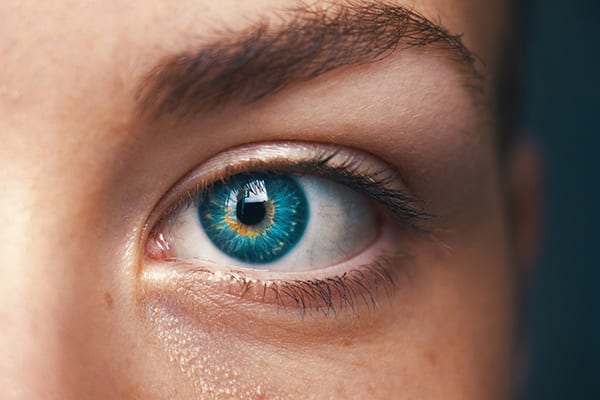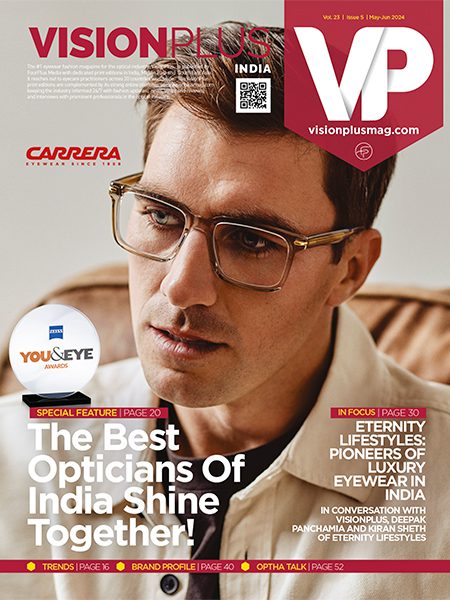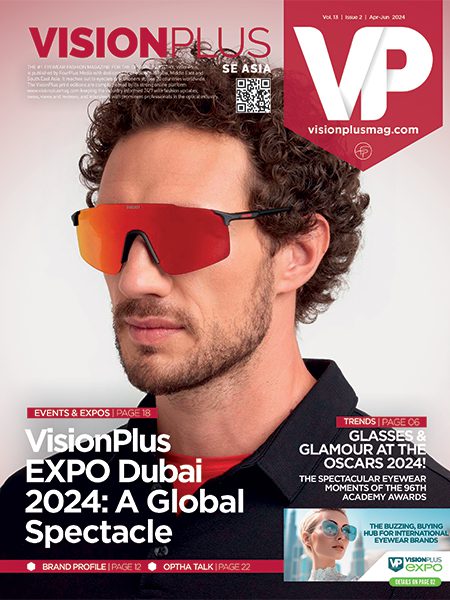Glaucoma: Treatment and Latest Advancements
Glaucoma is the most common cause of preventable and, irreversible blindness worldwide. Glaucoma is a disease that damages the eye’s optic nerve. It usually occurs when fluid builds up in the front of the eye. In a healthy eye, the amount of fluid produced stays in equilibrium with the amount of fluid draining away; when there is an imbalance in this system, the pressure inside the eye rises, which can lead to the development of glaucoma.
There are two types of glaucoma, primary open-angle and angle-closure. Primary open-angle glaucoma is the most common type, is painless and causes no vision changes at first. However, gradually when the eye does not drain fluid as well as it should, eye pressure builds and starts to damage the optic nerve.
Angle-closure glaucoma occurs when the iris is very close to the drainage angle and blocks it from functioning properly. When the drainage angle gets completely blocked, eye pressure rises quickly, resulting in severe eye pain, red eye and reduced or blurred vision that can lead to blindness if not treated immediately.
While glaucoma can be vision threatening, luckily, blindness from glaucoma can be prevented with early treatment. Dr. Salman Waqar, Consultant Ophthalmic Surgeon, Specialist in Adult Glaucoma and Cataract Surgery at Moorfields Eye Hospital Dubai (MEHD), shares everything you need to know about the course of treatment.
How is glaucoma treated?
Glaucoma treatment has improved considerably over the last five years. Today, there is a wide variety of treatment options available for glaucoma, ranging from eye drops to laser treatments and surgical options.
Mild glaucoma can be treated with simple eye drops, used once or twice a day, while moderate glaucoma may require laser treatment, and advanced cases can be eased with minimally invasive surgeries such as trabeculectomy and aqueous shunt device insertion. If the patient suffers an intolerance to eye drops, special laser procedures can be performed to treat glaucoma without the need for long term drops.
While these are the standard approaches to cure glaucoma, we find that a tailored treatment that is suitable for the patients’ specific ocular ailments usually yields the best results.
What are the pros and cons of each method treatment?
Overall, glaucoma treatment is safe and provides the opportunity to preserve the vision and quality of life for the long-term. Eye drops are generally simple and comfortable solutions; however, they can cause side effects such as red eyes, irritation, and discomfort. Laser treatments are relatively safe but can cause eye pressure to paradoxically elevate. Surgical options carry the small risk of complication leading to worsening of vision.
It is essential that the patient gets a thorough clinical examination to identify the treatment option that is best suited for the individual eye. Overall, the benefits of any recommended treatment will outweigh the small risks involved.
Who is the best candidate for each method treatment?
Assessment for glaucoma requires a careful and thorough clinical examination followed up by some specific diagnostic tests. These include a precise measurement of the peripheral visual field and a scan of the nerves in the back of the eye. Other tests include a review of the drainage channels of the eyes (known as gonioscopy) and measurement of the thickness of the cornea (known as pachymetry). With all this information at hand, an appropriate treatment plan can be implemented.
How long is the recovery period?
Recovery from laser treatments is usually very quick allowing patients to get back to routine activity the next day. For surgery, you can get back to routine activity in a fortnight, although the full recovery may vary from between four to six weeks. To speed up the eye healing process and to optimise the chances of a successful outcome eye drops may be required for a few weeks after the procedure.
Will the method completely repair vision?
Glaucoma treatment is designed to halt the progression of the condition and to lower the eye pressure to acceptable standards, thereby preventing any further visual damage. This means any damage that may have already occurred before diagnosis and treatment will remain unchanged. If a cataract is present, a combined cataract and glaucoma operation can also be performed which provides the opportunity to improve vision affected by the cataract.
What are the risk factors/complications of each method?
Over many years of development and refinement, eye procedures are increasingly becoming more and more safe. Understandably however, no procedure is completely riskless and in general there is a one in a thousand chance that a complication may lead to an adverse outcome.
Are there any emerging techniques (Trial phase) that seem promising?
The arena of minimally invasive glaucoma surgery (MIGS) is expanding very rapidly. For suitable cases, this provides the opportunity to control eye pressure without recourse to more aggressive surgery. At MEHD, we offer various MIGS procedures such as iStent inject insertion, goniosynechialysis and GATT. Other exciting modalities in the pipeline are the Presserflo device, which is currently undergoing regulatory approval and holds the potential to benefit many glaucoma patients.






